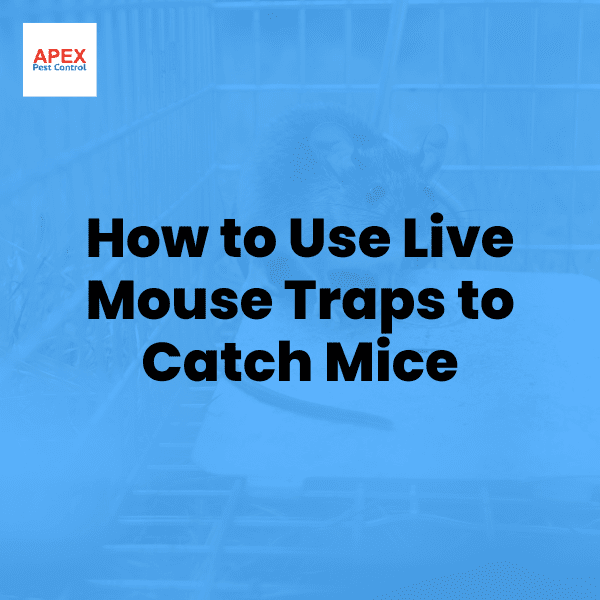How to Use Live Mouse Traps to Catch Mice: A Humane Approach to Pest Control
At Apex Pest Control, we understand the importance of effective and ethical pest management. Live mouse traps offer a humane solution to rodent problems, allowing you to address infestations while respecting wildlife. Let’s explore how to use these traps effectively.
Discover practical tips for using Humane Mouse Traps in our comprehensive guide, providing ethical and effective solutions for rodent control.
Definition of Live Catch Traps
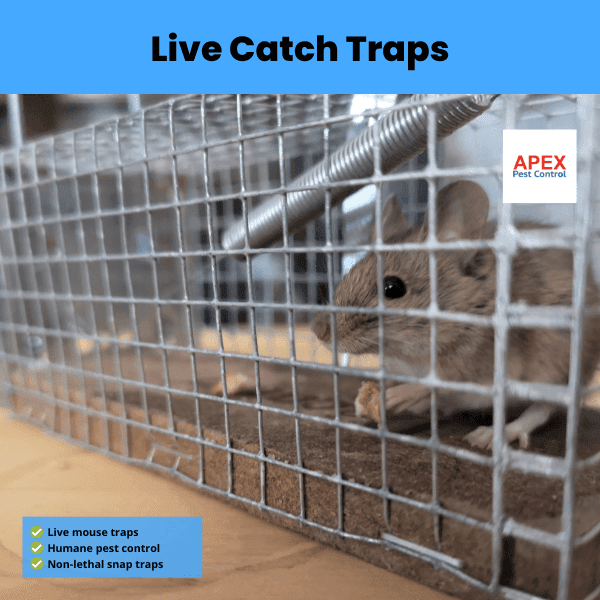
Live catch traps, as their name suggests, are designed to capture animals alive. These devices use bait and trigger mechanisms to lure and safely trap pests or wildlife without causing them harm. They come in various types depending on the intended animal’s target.
Two primary categories of live catch traps exist:
- Cage traps: Typically feature a metal wire frame with a trip pan inside connected to the door which closes once an animal enters the trap.
- Non-lethal snap traps: Employ pressure plates that close soft jaws around an animal’s limb when stepped on, causing no injury but restricting movement until released.
Purpose of Live Catch Traps
Live catch traps serve multiple purposes across different fields including pest control, wildlife research, and animal rescue.
- Pest control: Allows safe removal of problem animals without killing them.
- Wildlife research: Scientists use these traps for tagging or tracking specific species populations.
- Animal rescue: Organisations can safely capture distressed animals for relocation.
How Live Catch Traps Work
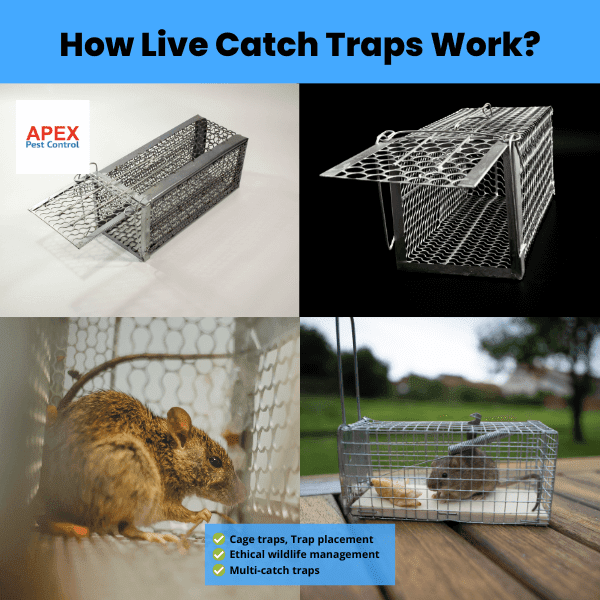
The operational mechanism behind common live catch cages involves:
- Enticing bait placed within the trap
- A trip pan or pressure plate inside
- Door closure triggered by the animal’s entry
Crucial factors determining effectiveness include:
- Size of trap chosen (matching targeted species)
- Sensitivity settings to avoid false triggers
- Placement conditions
Benefits of Using Live Catch Traps
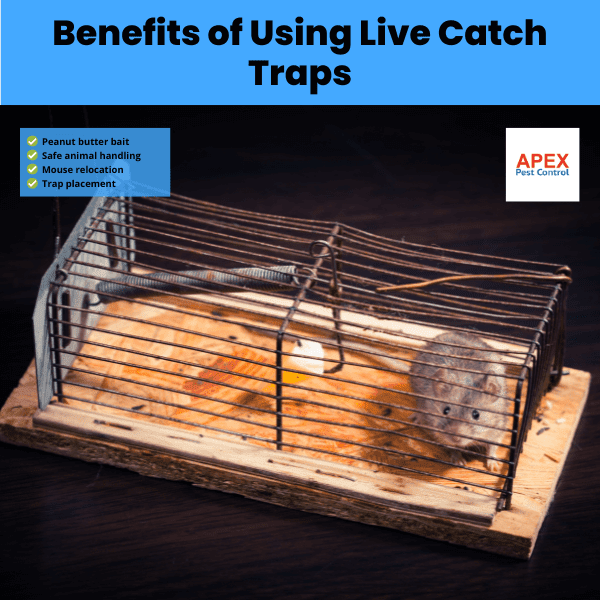
Utilising live-catch methods offers several advantages:
- Humane treatment of animals
- Ensuring human safety
- Enhancing positive environmental impact
- Opportunity for relocation rather than elimination
“Live traps promote ethical pest control by respecting all forms of life,” says Dr. Jane Smith, wildlife biologist.
Guidelines for Using Live Catch Traps
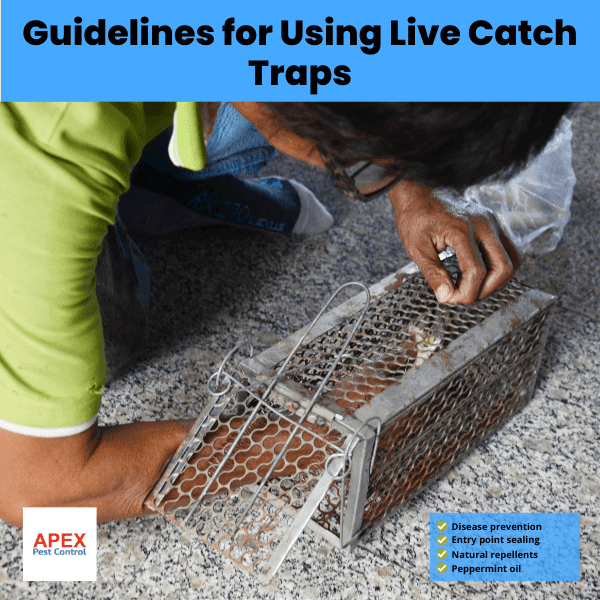
To maximise success rates while ensuring both human and animal safety, follow these guidelines:
- Proper Placement: Set your trap in a location frequently visited by mice.
- Bait Selection: Choose attractive baits like peanut butter or seeds.
- Regular Checks: Inspect traps at least twice daily.
- Safe Handling: Always handle trapped animals cautiously.
Legal and Ethical Considerations

Laws regulating live catch traps vary by region. Generally, they require:
- Checking traps within certain time intervals
- Limitations on what species can be trapped
- Specific release protocols
Consider the ethics of trapping and releasing wildlife, including:
- Preventing repeat nuisance behaviour
- Avoiding the spread of diseases
- Impact on local ecosystems
Comparison of Live Mouse Trap Types
| Trap Type | Effectiveness | Ease of Use | Cost | Reusability |
|---|---|---|---|---|
| Cage Traps | High | Moderate | Moderate | High |
| Non-lethal Snap Traps | Moderate | High | Low | Moderate |
| Multi-catch Traps | High | High | High | High |
Step-by-Step Guide to Using Live Mouse Traps
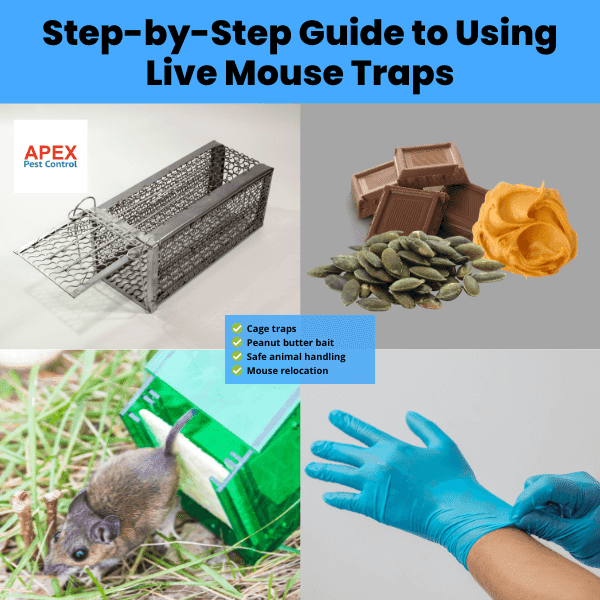
- Choose the right trap size for mice
- Place the trap along walls or in corners where you’ve noticed mouse activity
- Bait the trap with peanut butter, chocolate, or seeds
- Set the trap according to manufacturer instructions
- Check the trap at least twice daily
- Wear gloves when handling the trap or releasing mice
- Release captured mice at least 1-2 miles from your property
Preventing Future Infestations

After successfully trapping mice, take these steps to prevent future problems.
- Seal entry points larger than 1/4 inch
- Store food in airtight containers
- Keep your home clean and clutter-free
- Consider using natural repellents like peppermint oil
Conclusion
Live-catch traps serve essential functions across multiple disciplines—from controlling pesky invaders at home to helping researchers gather valuable wildlife data. Always remember to act responsibly and ethically, making choices that best benefit our shared environment with other living beings.
Frequently Asked Questions
How effective are live mouse traps compared to traditional methods?
Live traps can be equally effective when used correctly. A study by the Urban Wildlife Institute found that live catch traps had a 90% success rate in capturing mice, comparable to the 95% rate of snap traps.
How often should I check live mouse traps?
Check traps at least twice daily to minimise stress on captured animals. The Humane Society recommends checking every 2-4 hours if possible.
What’s the best bait for live mouse traps?
Peanut butter, chocolate, and seeds are highly effective. A study in the Journal of Pest Management Science found peanut butter to be the most attractive bait, with a 90% success rate.
How far should I release captured mice?
Release mice at least 1-2 miles (1.6-3.2 km) from your property. A study in the Journal of Wildlife Management found that mice released beyond 2 miles had less than a 5% chance of returning.
Are live traps safe for pets and children?
When used properly, live traps are generally safe. However, always place them out of reach of children and pets to prevent accidental triggering or stress to captured animals.
Remember, while DIY methods can be effective for small infestations, large-scale rodent problems may require professional intervention. At Apex Pest Control, we’re always here to provide expert, humane pest management solutions tailored to your needs.

Tony Johnson, Founder & Lead Technician at Apex Pest Control, is a BPCA and NPTA accredited pest management expert with over 35 years’ hands-on experience. Tony specialises in Integrated Pest Management and ensures all services comply with UK pest legislation, including the Wildlife and Countryside Act 1981 and COSHH Regulations 2002. His commitment to continual learning and adapting to industry best practices means clients receive effective, safe solutions for pests affecting homes and businesses across South Yorkshire. Tony’s dedication to professional standards, ethical treatment methods, and local expertise has made him a trusted partner for pest control and prevention.
-
BPCA & NPTA accredited | CHAS certified
-
Committed to UK pest law compliance & safety
-
Focused on effective, ethical pest management for South Yorkshire

